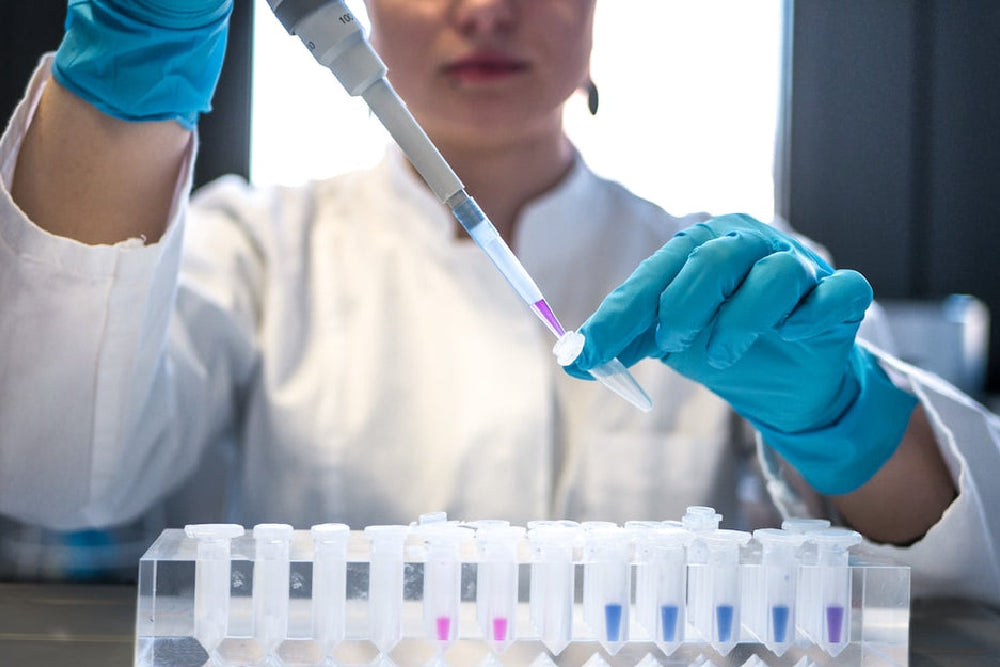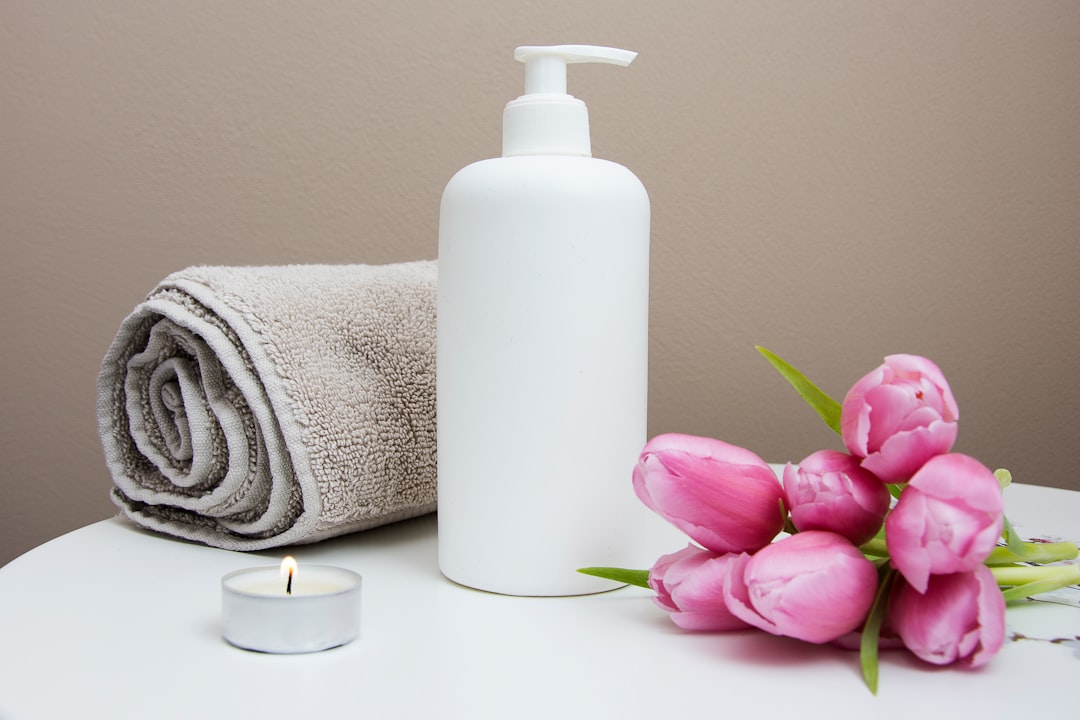
Glycolic Acid
I. Introduction

Glycolic acid, a naturally occurring compound found in fruits, beets, and sugarcane, has gained popularity in the skincare industry for its exfoliative and anti-aging properties. As a chemical exfoliant, it can effectively treat various skin concerns, from acne to wrinkles. However, understanding its benefits and proper usage is essential to avoid potential risks and side effects.
II. What is Glycolic Acid?
Glycolic acid is a colorless and odorless compound that naturally occurs in certain fruits, beets, and sugarcane. While the substance can be derived from natural sources, cosmetic and pharmaceutical companies typically use lab-synthesized glycolic acid in their topical products to treat skin conditions or improve skin texture and appearance.
As a member of the alpha hydroxy acids (AHAs) family, glycolic acid shares a similar chemical structure with other AHAs such as citric acid (found in citrus fruits), malic acid (found in apples), and lactic acid (found in milk). However, glycolic acid stands out among these AHAs due to its smaller molecular structure, allowing it to penetrate deeper into the skin and provide more significant benefits.
III. Properties of Glycolic Acid
Glycolic acid possesses a unique set of properties that contribute to its effectiveness in skincare. As an exfoliative agent, it dissolves dead skin cells and oils, removing the outermost layer of the skin without the need for harsh scrubbing. This gentle yet effective exfoliation process can help treat various skin concerns such as acne, hyperpigmentation, and visible signs of aging.
In addition to its exfoliative function, glycolic acid also acts as a humectant, attracting and binding water to skin cells. It achieves this by increasing the synthesis of glycosaminoglycans, molecules that draw water into the skin, thus keeping it hydrated and maintaining its moisture levels.
Research has shown that glycolic acid has antibacterial properties as well. At specific concentrations, it can inhibit the growth of bacteria, making it a beneficial ingredient in treating acne and other bacterial skin infections.
Lastly, glycolic acid has anti-aging effects on the skin. It can reduce sun damage and increase collagen and hyaluronic acid production, both of which give the skin elasticity and structure. These properties make glycolic acid a popular choice for individuals seeking to minimize the visible signs of aging.
IV. Benefits of Glycolic Acid for the Skin
Given its unique properties, glycolic acid has a range of benefits for the skin. One of the main advantages is its effectiveness in treating acne. By chemically exfoliating the skin, glycolic acid helps unclog pores, reducing the formation of comedonal acne caused by the accumulation of oil and dead skin cells. Additionally, its antibacterial properties can further aid in alleviating acne-related issues.
Another benefit of glycolic acid is its ability to reduce UV damage. Exposure to ultraviolet light can result in photoaging, which manifests as sunspots, hyperpigmentation, and wrinkles. Glycolic acid has been shown to be an effective treatment for sun damage and may even have a protective effect against UVB rays, helping prevent further damage to the skin.
Glycolic acid can also contribute to the improvement of fine lines and wrinkles. As skin ages, it naturally loses elasticity and plumpness, resulting in the formation of wrinkles. Glycolic acid increases skin levels of hyaluronic acid, a substance that helps keep the skin moisturized, stimulates collagen production, and improves the quality of elastin, promoting skin elasticity. This makes glycolic acid a popular choice for those seeking to minimize visible signs of aging.
Lastly, research suggests that glycolic acid may be effective in treating warts, small, hard growths on the skin caused by viruses. Studies have shown that glycolic acid treatments can help flatten and normalize the color of warts, although complete clearance of warts may vary among individuals.
V. Risks and Side Effects of Glycolic Acid
While glycolic acid offers numerous benefits for the skin, it is essential to be aware of the potential risks and side effects associated with its usage. One such risk is the increased vulnerability to UV damage. As glycolic acid exfoliates the skin, it removes the top layer of skin cells, leaving the underlying cells more susceptible to sun damage. It is crucial to wear sunscreen daily when using glycolic acid and for at least one week after discontinuing its use. Additionally, avoiding tanning beds is highly recommended.
Irritation is another potential side effect of glycolic acid use. Some people may experience redness, inflammation, itching, swelling, or burning after applying products containing glycolic acid. These symptoms are not an indication that the product is working – if they occur, the product should be washed off immediately, and its use should be discontinued. Overusing glycolic acid or using it near the eyes can also cause irritation.
Hyperpigmentation is another risk associated with glycolic acid. Although glycolic acid can effectively reduce hyperpigmentation, using strong or irritating skincare products can also cause it. People prone to hyperpigmentation should use gentle, non-irritating exfoliants and consult with a healthcare professional before incorporating glycolic acid into their skincare regimen.
VI. Choosing the Right Glycolic Acid Product
Selecting the appropriate glycolic acid product depends on the desired results, concentration, and pH level. When choosing a product, it is essential to consider your specific skincare concerns and goals, as well as your skin type and sensitivity. Glycolic acid is available in various forms, including cleansers, toners, liquid exfoliants, serums, moisturizers, acne treatments, and face masks or at-home peels. Generally, leave-on formulas tend to yield better results, as they allow the acid more time to work on the skin.
For those new to glycolic acid, it is advisable to start with a product containing a low concentration of around 8%. This approach enables you to begin with a weaker solution and gradually increase the concentration if necessary. It is also helpful to choose a product with a pH level that is not too acidic. Most over-the-counter (OTC) products have a pH of around 4, which is only slightly more acidic than the skin's natural pH. If the concentration or pH is not listed on the product, the manufacturer may be able to provide the information.
When selecting a glycolic acid product, it is essential to follow these tips: consult with a healthcare professional, especially if you have an ongoing skin condition; conduct a patch test to determine skin tolerance; and introduce one new product at a time to monitor its effectiveness and identify any adverse reactions.
VII. How to Use Glycolic Acid Safely and Effectively
To ensure the safe and effective use of glycolic acid, it is crucial to consult with a healthcare professional, such as a dermatologist, before incorporating it into your skincare routine. This is especially important if you have an existing skin condition or concern. Glycolic acid may not be suitable for everyone, and a healthcare professional can help determine if it is the right choice for your skin.
Before using glycolic acid, conduct a patch test by applying the product to a small, inconspicuous area of skin that is not on the face. This will allow you to observe any potential reactions and determine if your skin can tolerate the product. If no adverse symptoms occur, you can proceed to apply it to your face.
Start with a low concentration of glycolic acid and use it infrequently at first. If your skin feels smoother and does not show any signs of irritation, you can gradually increase the frequency of usage, following the product label's instructions. It is essential not to use glycolic acid more often than recommended by the manufacturer or your healthcare professional.
Limit your usage to one glycolic acid product in your skincare routine. There is no need to use an entire line of skincare products containing glycolic acid, as one product is sufficient to provide the desired benefits. Introducing one new product at a time also allows you to monitor its effectiveness and identify any potential reactions.
It is recommended to use glycolic acid at night, as it can increase the risk of sunburn. Always apply sunscreen as the last step in your skincare routine before going outside while using glycolic acid and for at least one week after discontinuing its use. This will help protect your skin from potential UV damage caused by the increased sensitivity from using glycolic acid.
VIII. Summary
In conclusion, glycolic acid is a versatile skincare ingredient with exfoliating, hydrating, antibacterial, and anti-aging properties. Its benefits include acne treatment, UV damage reduction, improvement of fine lines and wrinkles, and wart treatment. However, it is essential to be aware of the potential risks and side effects, such as UV damage, irritation, and hyperpigmentation, and to use glycolic acid safely and effectively.
Consulting with a healthcare professional, conducting a patch test, and following proper usage guidelines are crucial steps in ensuring glycolic acid works to improve your skin's health and appearance. By choosing the right product and incorporating it into your skincare routine responsibly, you can experience the benefits of glycolic acid and maintain your skin's radiance and vitality.
At Angela Caglia Skincare, our mission is to provide expert guidance and high-quality products to help you achieve your skincare goals. Explore our range of skincare solutions and find the perfect glycolic acid product to suit your needs, backed by our commitment to your skin's health and well-being.



Leave a comment
This site is protected by hCaptcha and the hCaptcha Privacy Policy and Terms of Service apply.